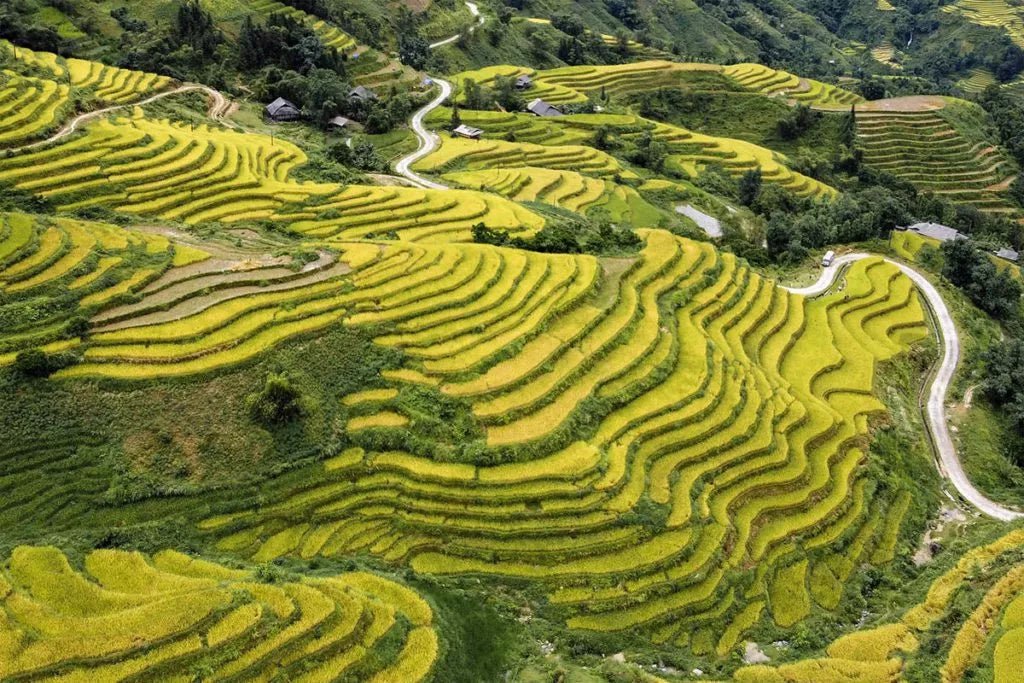

The History of Vietnamese Coffee Beans: Why Robusta Rules
Vietnamese coffee is more than just a drink—it’s a deeply rooted tradition, a cultural identity, and an industry that has shaped the country’s economy for over a century. While much of the world associates premium coffee with arabica beans, Vietnam has built its reputation on robusta, a variety known for its bold flavor, high caffeine content, and resilience.
But how did robusta become Vietnam’s coffee powerhouse? Let’s dive into the history, significance, and unique qualities of Vietnamese coffee beans.
The Origins of Coffee in Vietnam
Coffee was first introduced to Vietnam in the mid-19th century by French colonists. The French brought arabica beans and initially cultivated them in the highlands of northern Vietnam. However, these delicate beans struggled with the country’s tropical climate, humidity, and frequent rainfall.
By the early 1900s, farmers began experimenting with robusta coffee, a sturdier variety that thrived in Vietnam’s environment. Unlike arabica, robusta is resistant to diseases, grows at lower altitudes, and produces higher yields—making it the ideal choice for Vietnamese agriculture.
Why Vietnam Became the King of Robusta

Fast forward to today, and Vietnam is the second-largest coffee producer in the world (after Brazil) and the largest exporter of robusta coffee globally. But why did robusta take over?
1. The Climate & Geography
Vietnam’s Central Highlands (especially regions like Buôn Ma Thuột, Đà Lạt, and Gia Lai) offer the perfect conditions for growing robusta. The combination of high humidity, volcanic soil, and steady rainfall makes it one of the most productive coffee-growing regions on the planet.
2. Economic Efficiency
Robusta is not only easier to grow but also cheaper to produce than arabica. The beans require less intensive care, and the plants yield twice as many beans per acre as arabica trees. This makes robusta an economically smart choice for Vietnamese farmers.
3. Bold Flavor & High Caffeine
Vietnamese coffee is famous for its strong, bold taste with deep chocolatey and nutty notes—a direct result of robusta’s natural properties. Robusta beans contain twice the caffeine of arabica, giving Vietnamese coffee its characteristic intense kick and signature bitterness.
4. Traditional Brewing Methods Enhance Robusta
Vietnamese coffee culture revolves around the phin filter, a slow-drip metal filter that allows robusta’s deep, full-bodied flavor to develop. Combined with condensed milk, egg foam, or coconut cream, robusta’s naturally strong taste creates a rich, well-balanced cup.
How Robusta Defines Vietnamese Coffee Culture
Vietnamese robusta isn’t just about strength—it’s also about versatility. The bold, smooth nature of robusta allows it to be used in a variety of signature Vietnamese drinks:
- Cà phê sữa đá (Vietnamese iced coffee with condensed milk) – The most iconic way to enjoy robusta, balancing deep coffee intensity with creamy sweetness.
- Cà phê trứng (Hanoi Egg Coffee) – A rich blend of frothy egg yolks and strong robusta, almost like a liquid tiramisu.
- Coconut Coffee – A tropical, refreshing mix of creamy coconut and bold robusta espresso.
- Salted Cream Coffee – A smooth and lightly savory combination of robusta and thick salted foam.
These unique creations wouldn’t taste the same with arabica beans, as they lack the body, bitterness, and strength that robusta provides.
The Future of Vietnamese Robusta

In recent years, Vietnamese robusta has been getting a premium makeover. Traditionally used in instant coffee and espresso blends, robusta was often considered a lower-grade bean compared to arabica. However, Vietnamese farmers are now producing specialty-grade robusta, focusing on higher-quality processing techniques like:
- Honey processing – Leaving some of the coffee cherry’s pulp on the beans to create a naturally sweeter taste.
- Washed processing – A cleaner method that enhances robusta’s natural chocolatey and nutty flavors.
- Fermentation and aging – Techniques that create more complexity and reduce the bitterness of robusta.
This shift is putting Vietnamese robusta on the specialty coffee map, with more third-wave coffee roasters appreciating its unique characteristics.
Final Thoughts: The Legacy of Vietnamese Robusta
Vietnamese coffee isn’t just strong—it’s a symbol of resilience, craftsmanship, and innovation. Robusta’s dominance in Vietnam isn’t just about convenience—it’s about embracing a bean that thrives in its environment and using it to create some of the most memorable coffee experiences in the world.
So the next time you sip on our Saigon Drip, Hanoi Egg Coffee, or Coconut Slush, remember: you’re drinking a piece of Vietnam’s history—one bold cup at a time.

